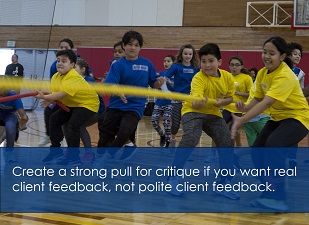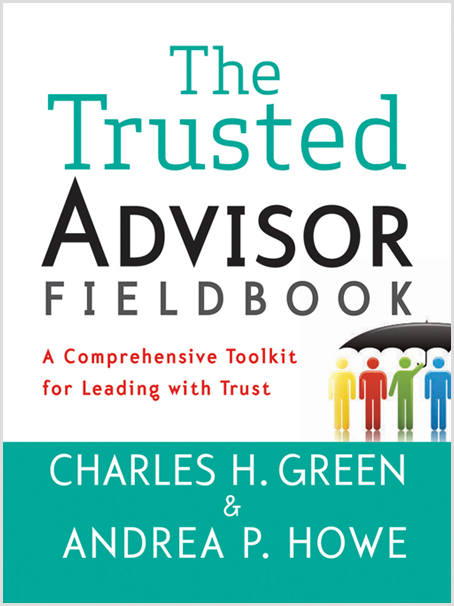This post is part of our Weekly Tips series.

I learned something from a recent experience at a luxury hotel chain about how not to ask for feedback if you really want feedback. It occurs to me that the lesson applies to anyone who would benefit from honest customer input.
I was checking out after a one-night stay that was OK, not great, and certainly not worth the price I paid. I was asked for feedback as I stood at the front desk. To the hotel’s credit, I got more than a comment card; I got a clerk requesting input, real-time.
The clerk asked, “How was your stay?”
I replied, “It was OK.”
He responded, “Great.”
We both moved on from there, leaving the hotel without the benefit of what I really thought.
In the clerk’s defense, I could argue that the onus was on me to be more honest (as you likely argue is true for your clients). That’s not wrong. It’s just not a particularly helpful stance. For one, it doesn’t change the outcome. For another, it doesn’t show any appreciation for the inertia that most people have to overcome to say something unfavorable (and usually don’t overcome, unless there’s something really unfavorable to be said).
[Tweet “Want honest client feedback? Change what you’re asking. #getreal #communication”]
I could also argue that the clerk should have paid closer attention to my words (I said “OK,” not “fantastic”) as well as my tone (I was deliberately low-energy in my response)—also true, though that takes real listening mastery.
What would still be missing is the point that there’s something even simpler he could have done to elicit a more truthful and useful response from me: He could have asked a different question that would have nudged me over my inertia. Consider these options:
- “What could we have done to make your stay better?”
- “What’s one action we might have taken to improve your experience with us?”
- On a scale of 1 to 7, how was your overall stay with us?” (Followed by, “What could we have done to make it a 7?” if the answer was anything but.)
Segueing to the world of professional services, most providers don’t ask often enough for client feedback, and when it is requested, the ask is usually too general. (It’s also too focused on task rather than relationship—but that’s another post.) If we want to maximize our chances of getting past politeness, specificity is key, along with a strong pull for critique.
It takes courage to be real. And sometimes it takes a little help to be courageous.
Make It Real
This week, review your standard practices for collecting client feedback, formally as well as informally. What improvements might you make to the quality and frequency of your requests?
Learn More

Read an oldie but goodie from our friends at Trusted Advisor Associates on two things a professional services firm needs to know from its clientele, or refresh on specific examples of empathetic statements in Chapter 6 of The Trusted Advisor Fieldbook.
Andrea Howe
Latest posts by Andrea Howe (see all)
- Why choosing silence in the face of awkwardness can be a trust tragedy - March 21, 2024
- What NOT to do when you think you’re being ghosted - February 21, 2024
- Reprise: If you’ve resolved to have better client relationships this year, great, now ditch your resolution - January 2, 2024
